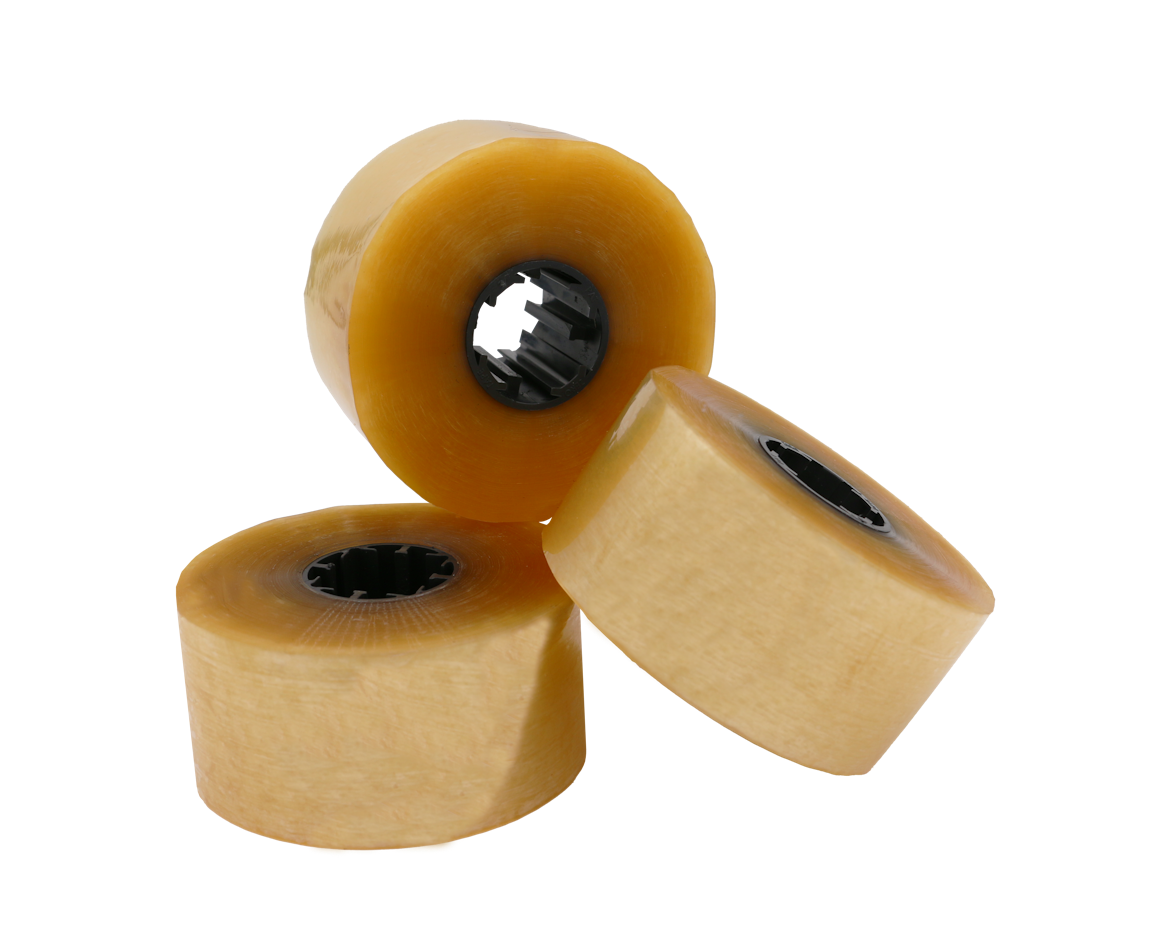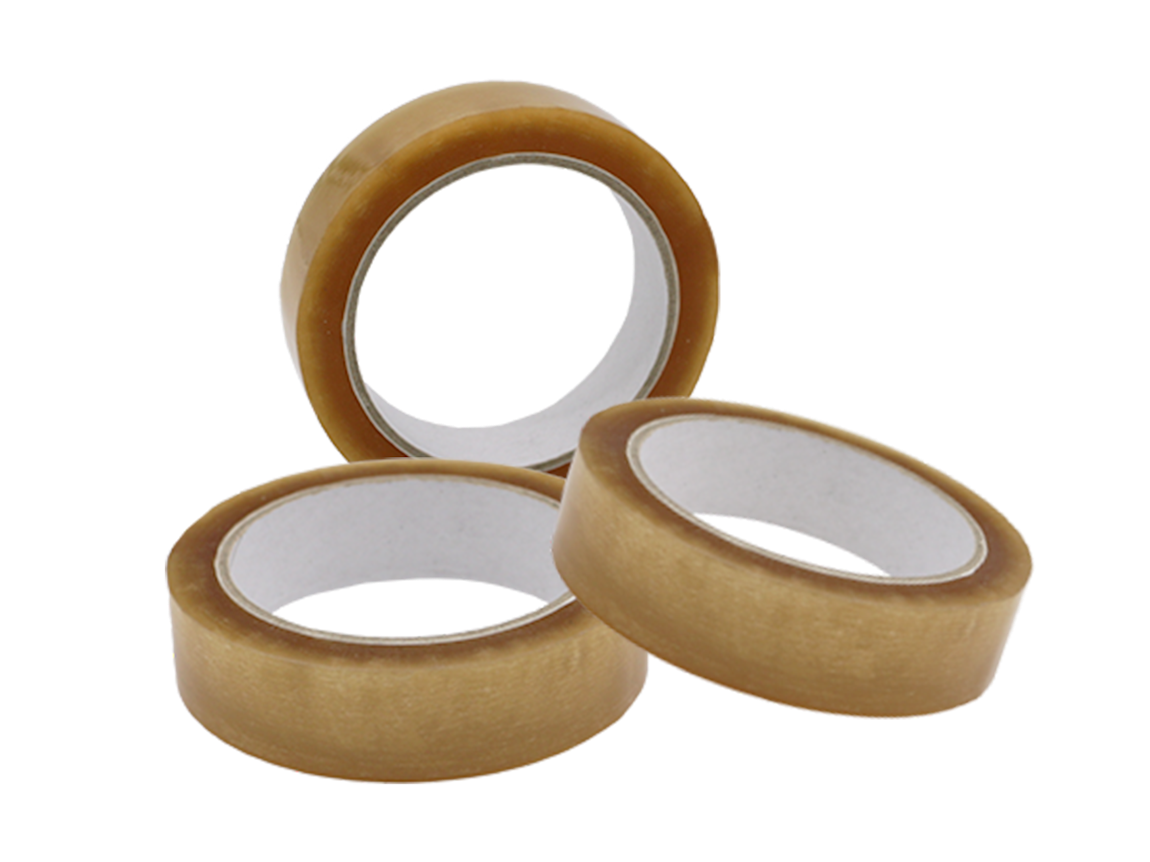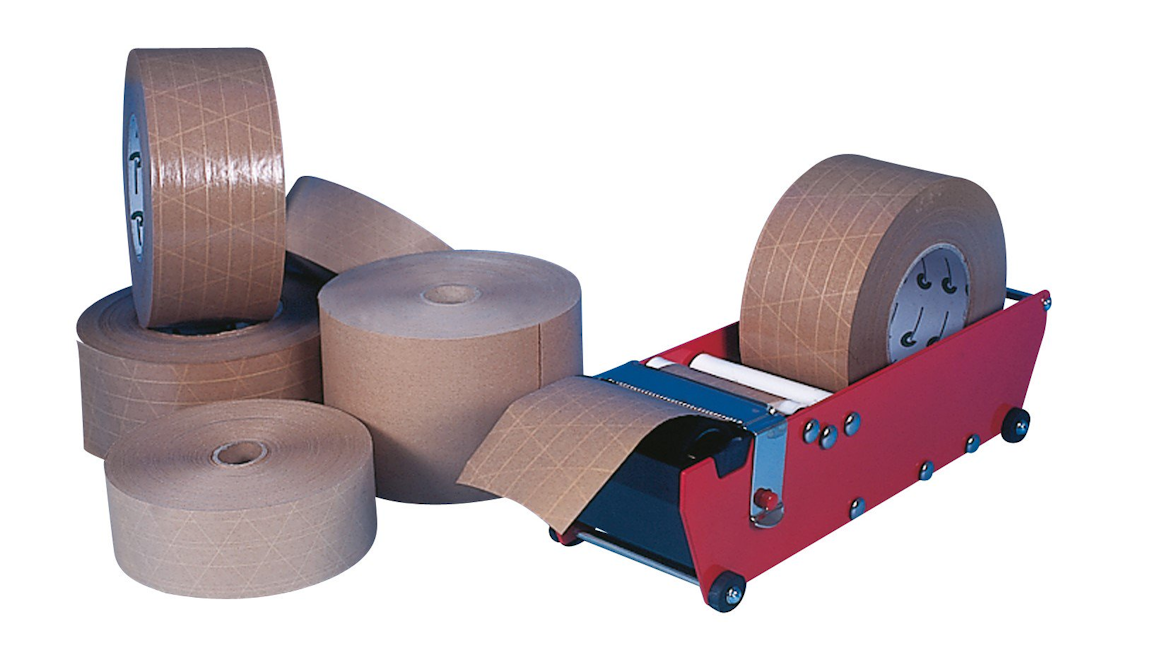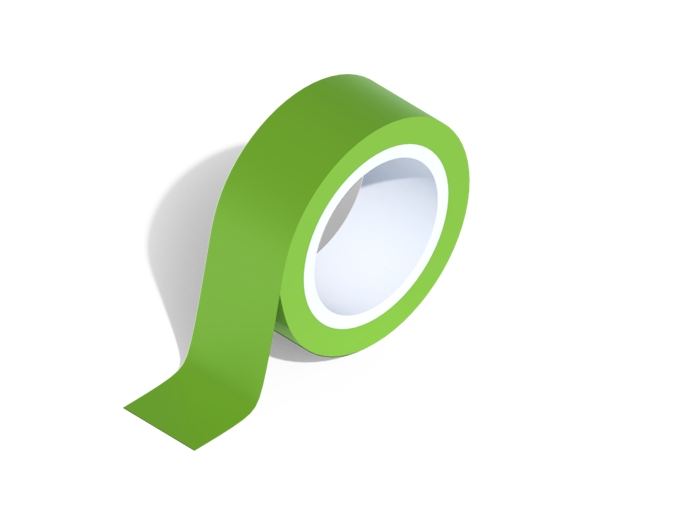If you are looking to quickly seal packages, self-adhesive tape is the best option as it is ready to be applied with a hand-held dispenser. However, if you are looking for a longer-term seal, gummed paper tape can be applied with water and once it dries it will bond to the package. Or alternatively, reinforced paper tape as this tape does not require water but still creates a longer-term seal.
Paper packaging tape, particularly the gummed reinforced tape, is more cost-effective than the plastic tapes. This is because it is strong and instantly adheres so less of it is used when compared to plastic tape, in which people tend to overuse in multiple layers to make sure the seal is secure.
Although paper tape can be used by hand, it is still recommended to try and apply with a tape dispenser as it will ensure smoother adhesion and better application.
Supatak Machine Tape: high performance and performs well through all temperature ranges including deep freeze and is resistant to splitting, abrasion, and moisture.
Supatak Kraft: made from kraft paper, Supatak kraft has a reinforced high strength and high tack adhesive.
The Different Applications
At Swiftpak, we provide an extensive range of high-quality adhesive tapes and sealing products. Our range of adhesive tapes include hand-held and machine tape as well as adhesive tape dispensers.
- Hand Applied Tape: as discussed there are many different types of packaging tape available, all of which have a strong and lasting stick. However, to ensure the tape is applied properly without any crinkles, we would suggest our green hand dispenser as it allows you to add extra tension for more secure bundling, reinforcing, and sealing of your packages.
- Machine-Applied Tape: machine tape is ideal for long production runs and is available in hotmelt, acrylic or solvent adhesives. Once applied, this tape performs well through all temperature ranges including deep freeze and is resistant to splitting, abrasion, and moisture. To make your packaging operations more efficient, we would suggest using our Paktool Taping Machine as this will make your taping experience a lot easier.
Packaging Tape from Swiftpak
Packaging Tape comes in all different shapes, sizes and colours which makes it one of the most versatile packaging materials. At Swiftpak, we have a range of packaging tapes including gummed paper tape, self-adhesive tape, vinyl, polypropylene based. We also have custom printed tape, which is available in both paper and plastic so that you can personalise by adding messaging, or your company logo. As you likely know, customization helps your company to stand out, increasing the chances of customers sticking with your brand!
Do you need to know more about packaging tapes, and which would be best for your business, contact our packaging experts today who will be more than happy to help.





